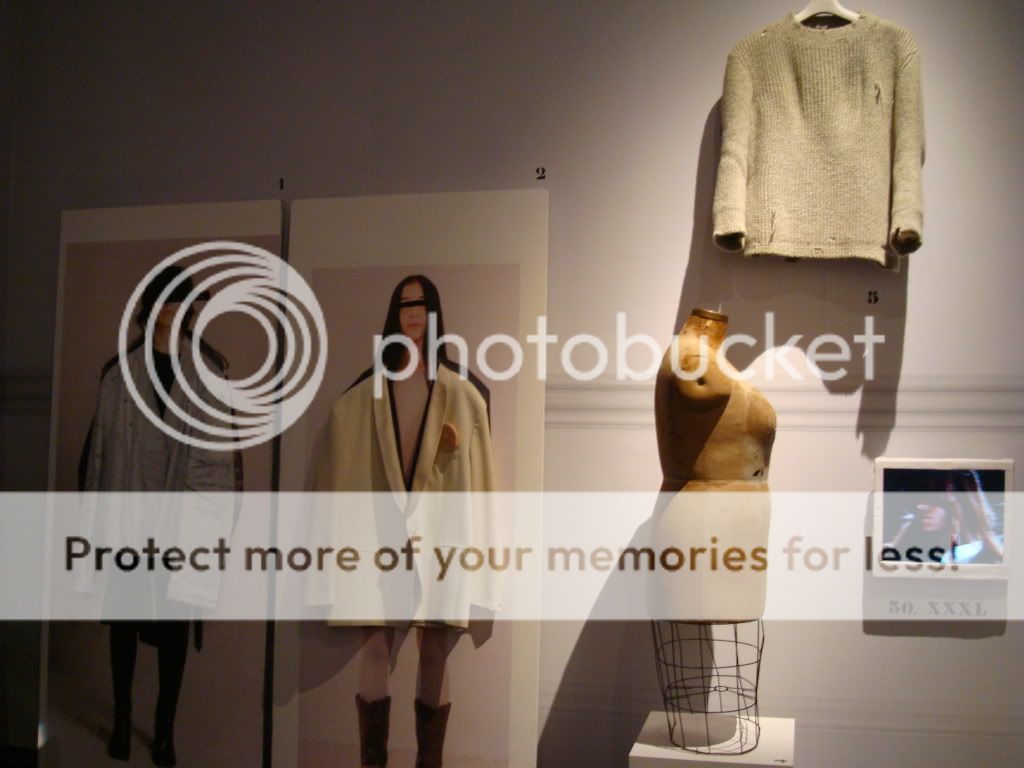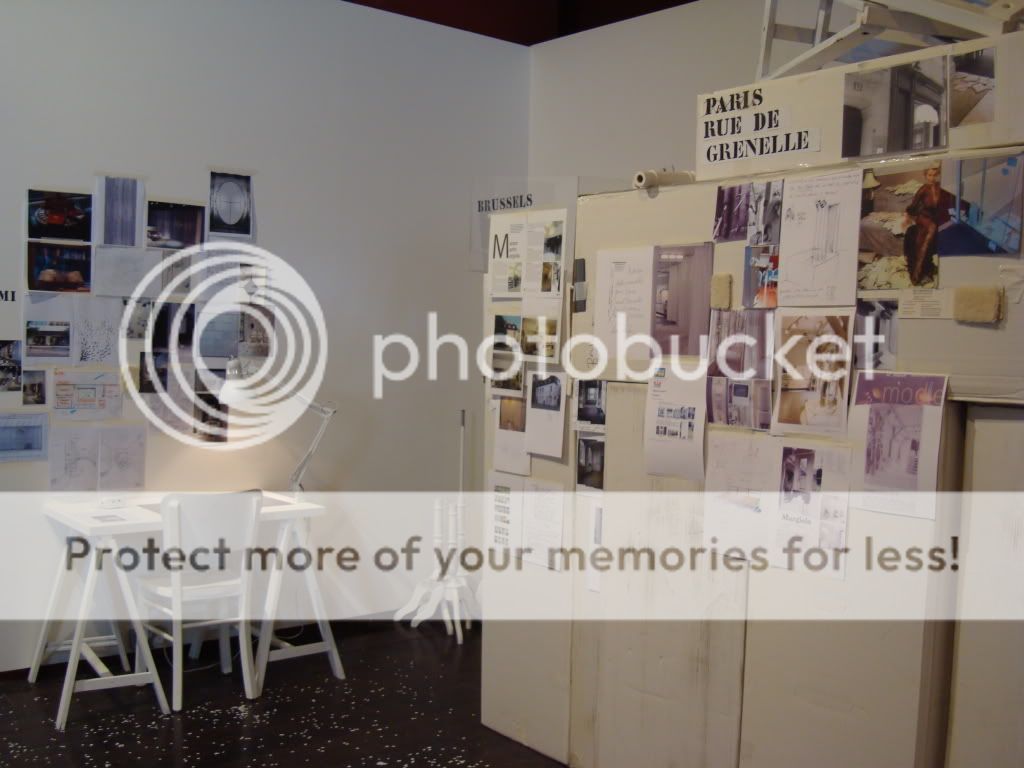
Artist Christian Robert-Tissot. image from his online portfolio.
the Books - A Cold Freezin' Night from Paul de Jong / Nick Zammuto on Vimeo.

Metal rails hidden in bare brick nooks proffered patched-up french cavalry uniforms and Edwardian nightdresses. A faded british flag poked out from a plumage of ostrich feathers and Dickensian top hats. Three battered helmets sat atop an old radiator, and while I peered through one of the racks I was entirely surprised by the fact that behind the clothes there was yet another hidden room, almost entirely in darkness yet I could make out a torn chaise lounge covered in a victorian ball gown and an indeterminate number of muddy army boots.

A lamp constructed out of a Hells Angels prosthetic leg.
So often these concept stores come across too contrived, too insincere or too precious. A Child of the Jago was none of these things. The store had an amazing atmosphere but also had the goods to back it up (legitimate antiques rather than the junk which passes for vintage these days) which makes all the difference in terms of authenticity. I know some John Galliano disciples who would die to see this so if you're lucky enough to live in London, go visit it now, and if not do the next best thing and check out the website.
 The most fashionable caravan I've ever seen.
The most fashionable caravan I've ever seen. Garments from the XXXL collection, including the mannequin used in their development.
Garments from the XXXL collection, including the mannequin used in their development. XXXL Accessories.
XXXL Accessories. Plans for the development of each Margiela store- paint chips, interior sketches and notes.
Plans for the development of each Margiela store- paint chips, interior sketches and notes.
It comes across as a mis-matched celebration of imperfection which Margiela has become known for. Just as Margiela rejects the impenetrability of the "fashion house" and brings the construction and flaws of a garment to the fore, the exhibition is self-referencing (there is a life-size foam cut-out of everyone involved in it's creation) and highlights the behind-the-scenes of the house. So instead of it being an exhibition about Maison Martin Margiela, you get the feeling that they've constructed a part of the Maison in London and we're just allowed to wander through it for a while. Which is exactly how it should be.









 images from lookbook.nu
images from lookbook.nu
 (these images from Ambient Art Gallery)
(these images from Ambient Art Gallery)


(these images from photoshelter)
If these models look surprisingly co-ordinated it's becuase they are actually members of the American Olympic synchronised swimming team. To see more of her work, have a look at her online portfolio at Manipulator.com.


The Journey That Wasn't is a film by Huyghe based on going to Antarctica to search for a mythical albino penguin. It's about mental, physical and philosophical journeys. Did he really go to Antarctica with a group of artists and get stuck in the ice? or it is staged? It doesn't matter because the point is questioning, learning and creating.


Finally, this is one of my favourite stills from his films because it is serene and completely odd at the same time. Huyghe found a town under construction near New York, to be called Streamside. Everyone there came from somewhere else and there was no history to the town yet. So he organised "Streamside Day", complete with parades and speeches, creating a hyper-reality based on fact but a complete work of fiction.
It's pretty difficult to try and summarise his work into one post- so if you're interested in these ideas have a look at the Art 21 site, they have a decent bio and slideshows of his work with more in-depth explanations.
 (image from Original Trilogy)
(image from Original Trilogy) (image from Broken Projector)
(image from Broken Projector)
 (image from Blade Zone)
(image from Blade Zone)



 Both images: Romance Was Born
Both images: Romance Was Born Fernando Frisoni
Fernando Frisoni Marni Skillings
Marni Skillings Camilla and Marc
Camilla and Marc Kirrily Johnston
Kirrily Johnston


 (images from Zimbio)
(images from Zimbio)
 (images from Zimbio)
(images from Zimbio)

 (images from Vogue.com)
(images from Vogue.com)